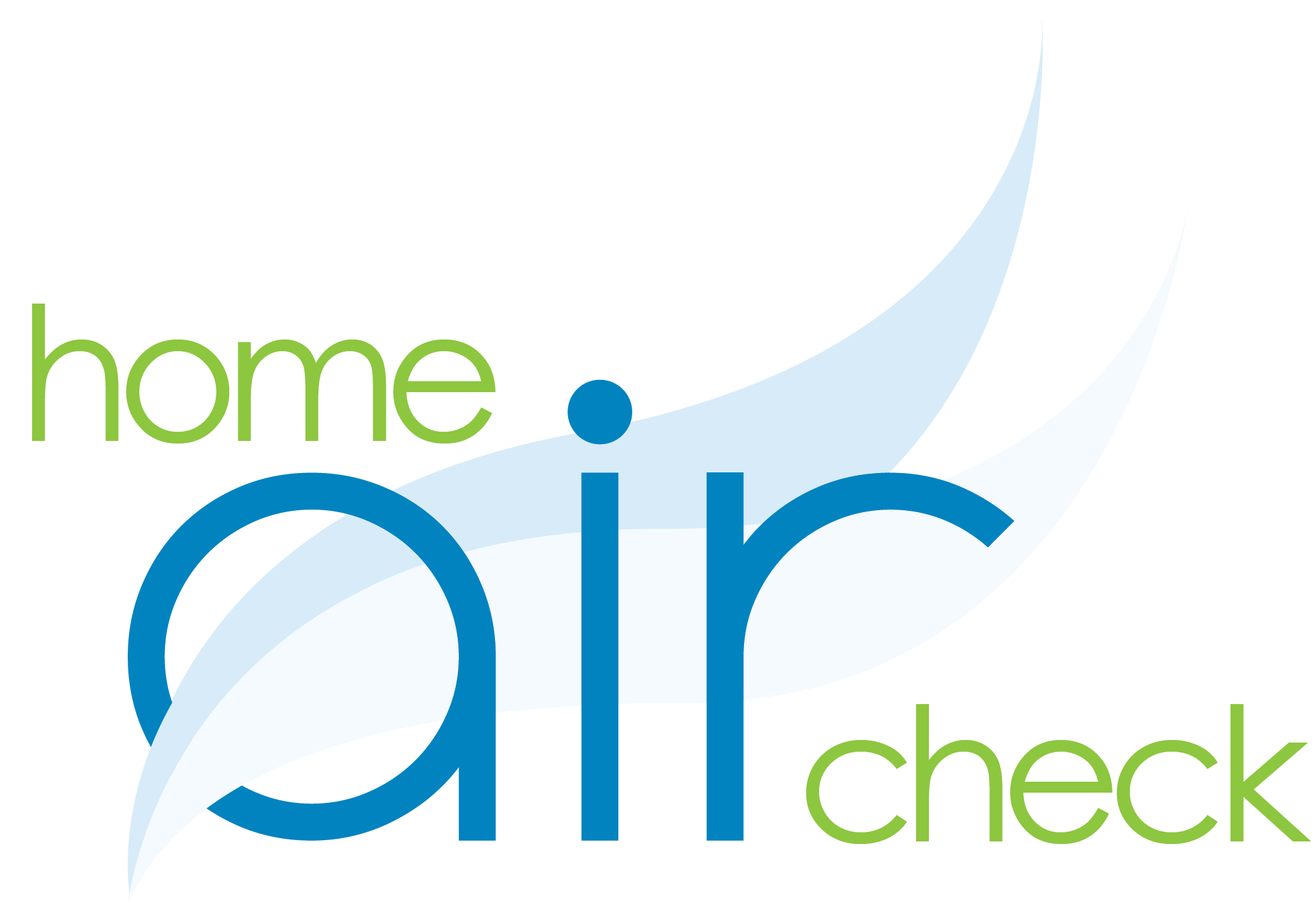In recognition of National IAQ month, we’re kicking off a weekly blog series to dive deeper into the various aspects of Indoor Air Quality. With so much of our daily lives spent inside, the air we breathe plays a significant role in our health and well-being. Understanding the factors that affect Indoor Air Quality is the first step toward creating a healthier living space. Let’s explore some important facts about IAQ that everybody should know. From common pollutants to strategies for improving air quality, these insights will lay the foundation for a healthier home.
Indoor Air Can Be Up to 5 Times Worse Than Outdoor Air Pollution
Surprisingly, the air inside our homes can be more polluted than our outdoor air. According to the American Lung Association Indoor Air can be 2-5 times more polluted than outdoor air. Poor indoor air quality can have a negative effect on everyone, but especially those with lung disease, asthma, or other underlying health conditions. Common sources include household cleaners, building materials, dust, mold, and off-gassing from furniture. Since we rely heavily on the safety of our home, being mindful of what is in our air is important.
Poor IAQ Can Cause Health Problems
Exposure to indoor pollutants can lead to a variety of health issues such as headaches, allergies, respiratory problems, and even long-term conditions like asthma. It can also lead to what’s commonly known as “sick building syndrome” which manifests through symptoms like headaches, dizziness, and fatigue. Vulnerable populations, including children, the elderly, and those with pre-existing health conditions, are particularly at risk.
Proper Ventilation Can Improve IAQ
One of the simplest and most effective ways to improve Indoor Air Quality is to ensure proper ventilation. Without sufficient airflow, indoor air pollutants build up and remain concentrated. Opening windows when weather permits, using exhaust fans in bathrooms and kitchens, and installing air exchange systems can significantly improve air quality. Modern HVAC systems with good filters help by removing particles from the air, but they also need regular maintenance to remain effective.
Humidity Can Affect Indoor Air Quality
Maintaining the right humidity levels can prevent the growth of mold and reduce the number of dust mites—both of which thrive in damp environments. According to the EPA a desirable humidity level is between 30 and 50%. High humidity promotes the growth of bacteria and mold, which can trigger allergic reactions and asthma attacks, while low humidity can cause respiratory irritation and dry out mucous membranes, leaving us more susceptible to illness. Using dehumidifiers in the summer and humidifiers in winter can help to maintain humidity balance.
Everyday Products Can Emit Harmful Chemicals
Many of our everyday household products emit VOCs into the air we breathe, but depending on the product the extent can vary. Volatile organic compounds (VOCs) are gases emitted from certain solids or liquids, many of which come from common household products like paints, varnishes, cleaning supplies, pesticides, and air fresheners. Long-term exposure to some VOCs can cause serious health problems, including damage to the liver, kidneys, and nervous system. Choosing low-VOC or non-toxic products and increasing ventilation after use can help reduce the harmful impact of VOCs in your home.
Air Quality Testing Is the First Step Towards Cleaner Air
Poor air quality isn’t always easy to detect. Many harmful pollutants are odorless and invisible, meaning you might be exposed without knowing it. Conducting regular air quality testing in your home allows you to identify potential issues before they become serious health risks. Home testing kits, such as Home Air Check, can help you detect VOCs, mold, and other pollutants so you can take proactive steps to improve air quality.
In upcoming posts for our Indoor Air Quality Weekly Series, we’ll take a closer look at IAQ Impacted Illnesses such as asthma and chemical sensitivities; Mold Testing: Spores, VOCs, and Mycotoxins; Dirty Dozen: Top VOCs Detected; and The Lungs of Your Home: HVAC System. Stay tuned to learn more about how to create a healthier indoor environment for you and your family!


